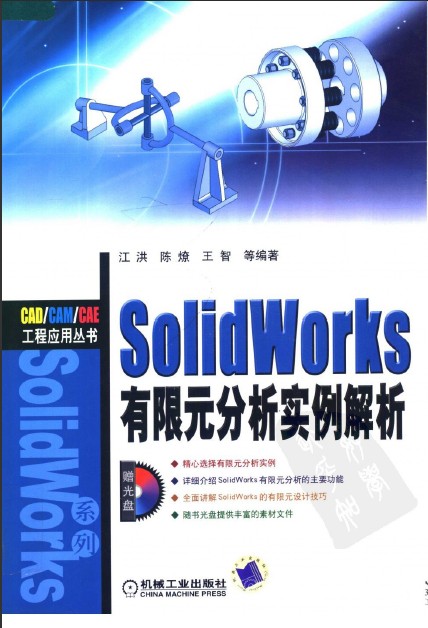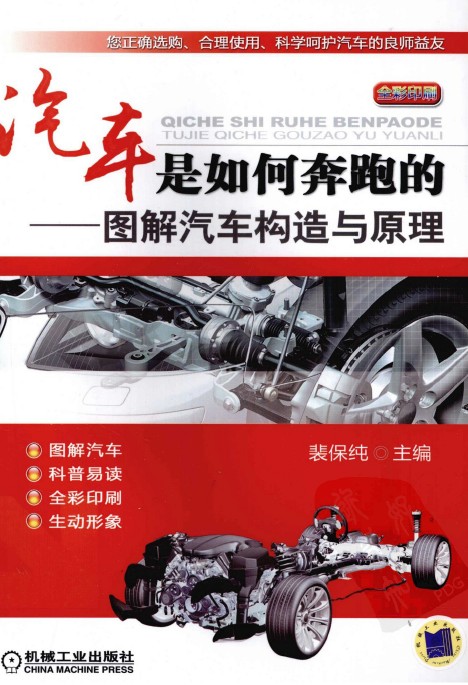/431
当前位置:
首页
/
技术资料
/
Computational Methods for Fluid Dynamics
Computational Methods for Fluid Dynamics
详细信息
教程书籍->
Computational fluid dynamics, commonly known by the acronym 'CFD',
is undergoing significant expansion in terms of both the number of courses
offered at universities and the number of researchers active in the field. There
are a number of software packages available that solve fluid flow problems; the
market is not quite as large as the one for structural mechanics codes, in which
finite element methods are well established. The lag can be explained by the
fact that CFD problems are, in general, more difficult to solve. However, CFD
codes are slowly being accepted as design tools by industrial users. At present,
users of CFD need to be fairly knowledgeable, which requires education of
both students and working engineers. The present book is an attempt to fill
this need.
It is our belief that, to work in CFD, one needs a solid background in both
fluid mechanics and numerical analysis; significant errors have been made by
people lacking knowledge in one or the other. We therefore encourage the
reader to obtain a working knowledge of these subjects before entering into
a study of the material in this book. Because different people view numerical
methods differently, and to make this work more self-contained, we have
included two chapters on basic numerical methods in this book. The book
is based on material offered by the authors in courses at Stanford University,
the University of Erlangen-Niirnberg and the Technical University of
Hamburg-Harburg. It reflects the authors' experience in both writing CFD
codes and using them to solve engineering problems. Many of the codes used
in the examples, from the simple ones involving rectangular grids to the ones
using non-orthogonal grids and multigrid methods, are available to interested
readers; see the information on how to access them via Internet in the appendix.
These codes illustrate the methods described in the book; they can be
adapted to the solution of many fluid mechanical problems. Students should
try to modify them (eg. to implement different boundary conditions, interpolation
schemes, differentiation and integration approximations, etc.). This is
important as one does not really know a method until s/he has programmed
and/or run it.
Since one of the authors (M.P.) has just recently decided to give up his professor
position to work for a provider of CFD tools, we have also included in
the Internet site a special version of a full-featured commercial CFD package
that can be used to solve many different flow problems. This is accompanied
by a collection of prepared and solved test cases that are suitable to learn
how to use such tools most effectively. Experience with this tool will be valuable
to anyone who has never used such tools before, as the major issues are
common to most of them. Suggestions are also given for parameter variation,
error estimation, grid quality assessment, and efficiency improvement.
The finite volume method is favored in this book, although finite difference
methods are described in what we hope is sufficient detail. Finite element
methods are not covered in detail as a number of books on that subject
already exist.
We have tried to describe the basic ideas of each topic in such a way
that they can be understood by the reader; where possible, we have avoided
lengthy mathematical analysis. Usually a general description of an idea or
method is followed by a more detailed description (including the necessary
equations) of one or two numerical schemes representative of the better methods
of the type; other possible approaches and extensions are briefly described.
We have tried to emphasize common elements of methods rather
than their differences.
There is a vast literature devoted to numerical methods for fluid mechanics.
Even if we restrict our attention to incompressible flows, it would be
impossible to cover everything in a single work. Doing so would create confusion
for the reader. We have therefore covered only the methods that we
have found valuable and that are commonly used in industry in this book.
References to other methods are given, however.
We have placed considerable emphasis on the need to estimate numerical
errors; almost all examples in this book are accompanied with error analysis.
Although it is possible for a qualitatively incorrect solution of a problem to
look reasonable (it may even be a good solution of another problem), the
consequences of accepting it may be severe. On the other hand, sometimes a
relatively poor solution can be of value if treated with care. Industrial users
of commercial codes need to learn to judge the quality of the results before
believing them; we hope that this book will contribute to the awareness that
numerical solutions are always approximate.
We have tried to cover a cross-section of modern approaches, including direct
and large eddy simulation of turbulence, multigrid methods and parallel
computing, methods for moving grids and free surface flows, etc. Obviously,
we could not cover all these topics in detail, but we hope that the information
contained herein will provide the reader with a general knowledge of the
subject; those interested in a more detailed study of a particular topic will
find recommendations for further reading.
While we have invested every effort to avoid typing, spelling and other
errors, no doubt some remain to be found by readers. We will appreciate
your notifying us of any mistakes you might find, as well as your comments
and suggestions for improvement of future editions of the book. For that
VII
purpose, the authors' electronic mail addresses are given below. We also hope
that colleagues whose work has not been referenced will forgive us, since any
omissions are unintentional.
We have to thank all our present and former students, colleagues, and
friends, who helped us in one way or another to finish this work; the complete
list of names is too long to list here. Names that we cannot avoid mentioning
include Drs. Ismet DemirdZiC, Samir Muzaferija, ~ e l j k oL ilek, Joseph Oliger,
Gene Golub, Eberhard Schreck, Volker Seidl, Kishan Shah, Fotina (Tina)
Katapodes and David Briggs. The help provided by those people who created
and made available TEX, @TEX, Linux, Xfig, Ghostscript and other tools
which made our job easier is also greatly appreciated.
Our families gave us a tremendous support during this endeavor; our
special thanks go to Anna, Robinson and Kerstin PeriC and Eva Ferziger.
This collaboration between two geographically distant colleagues was
made possible by grants and fellowships from the Alexander von Humboldt
Foundation and the Deutsche Forschungsgemeinschaft (German National Research
organization). Without their support, this work would never have
come into existence and we cannot express sufficient thanks to them.
0/150
为该资源评分:
发表评论
全部评论(0)









